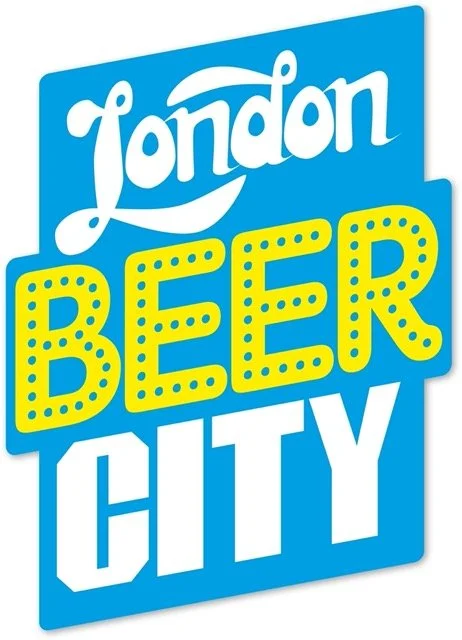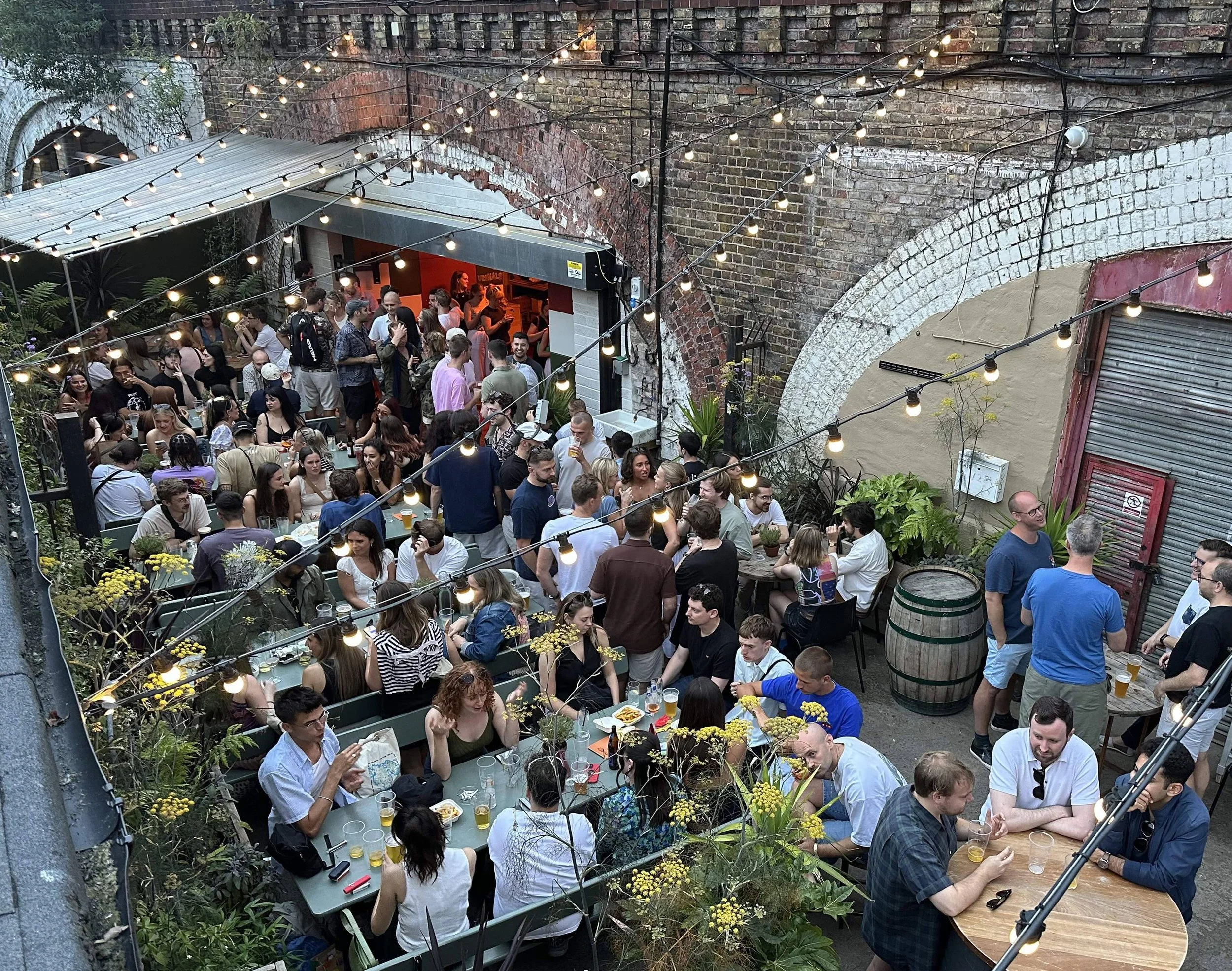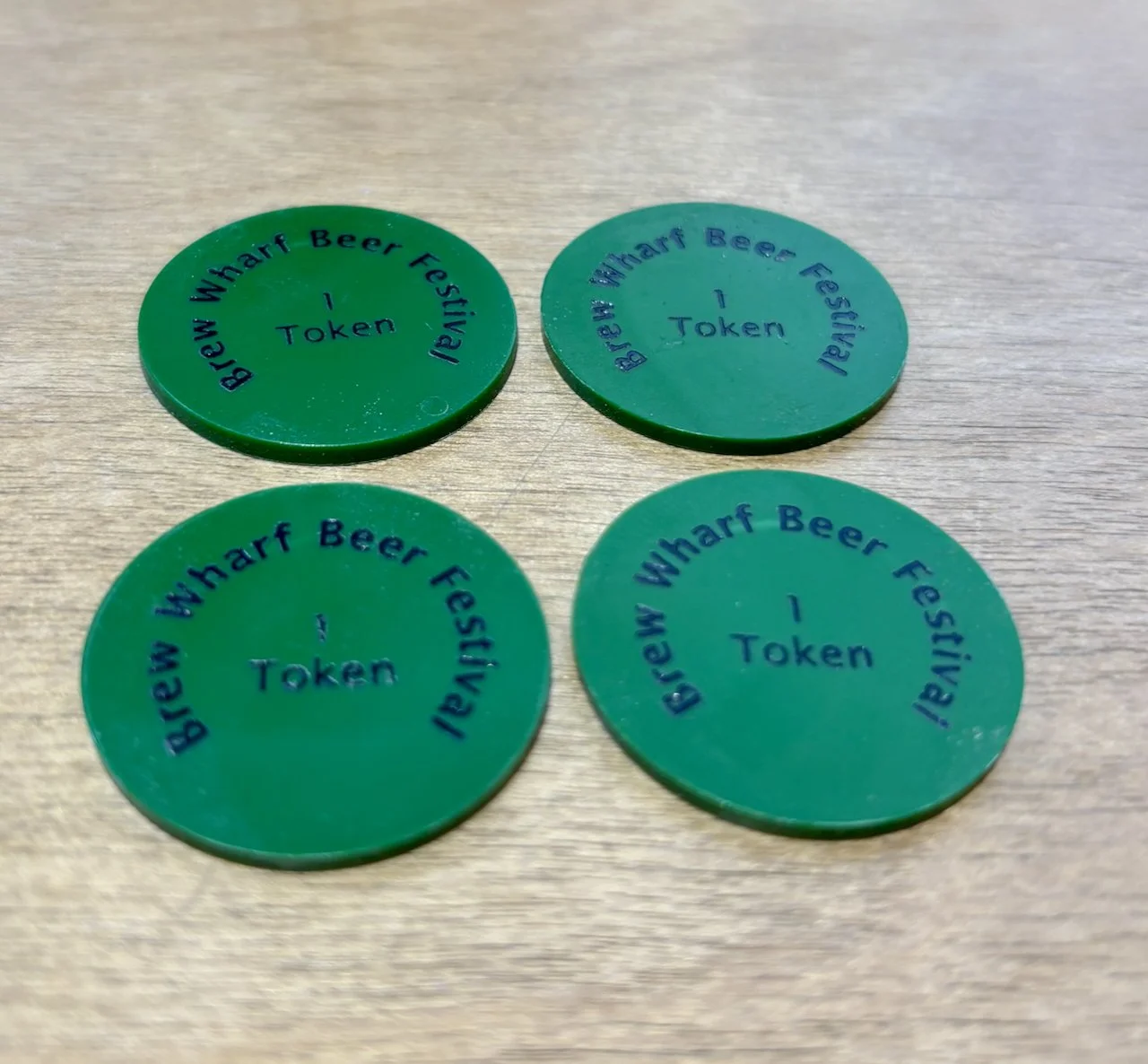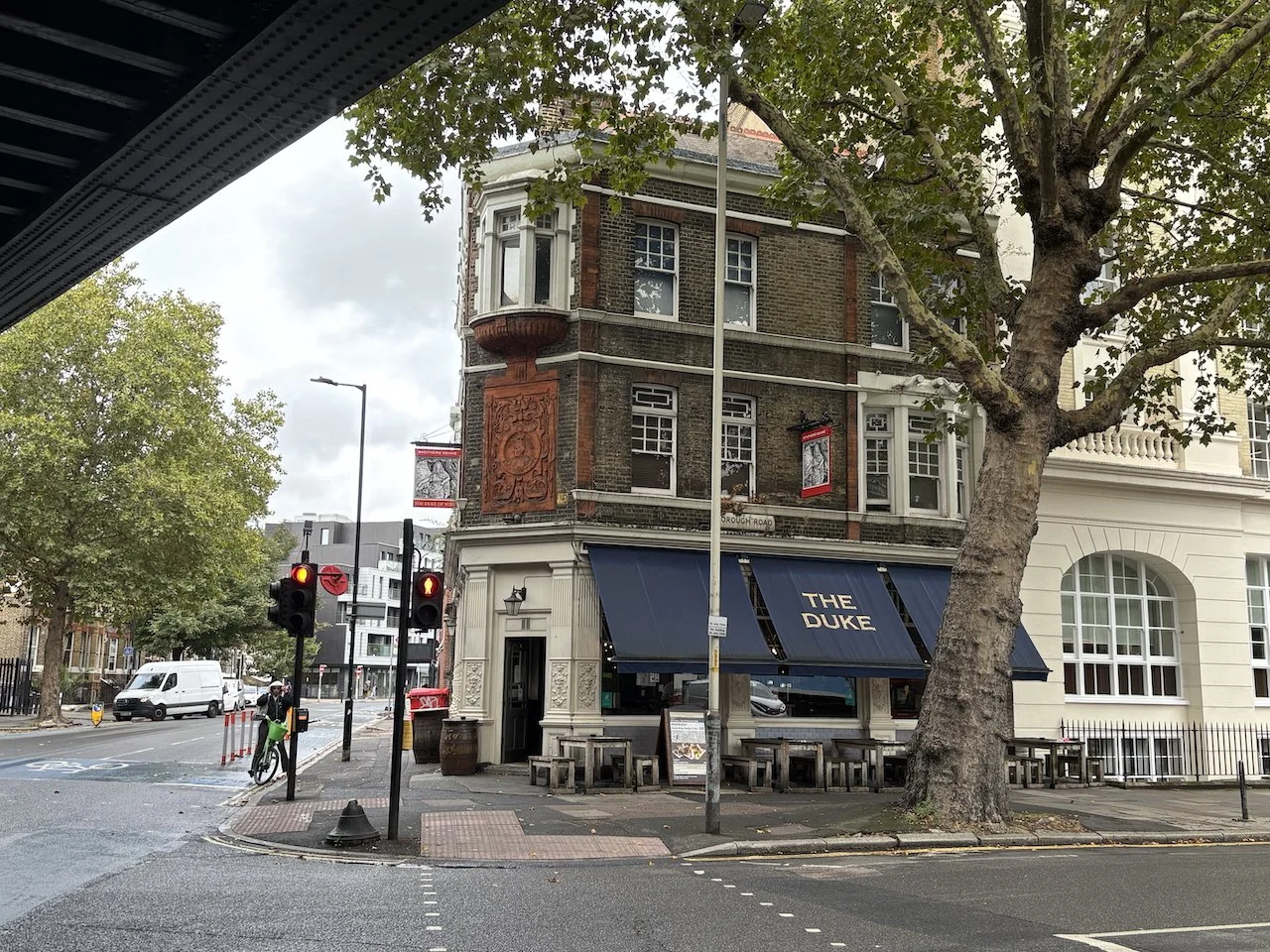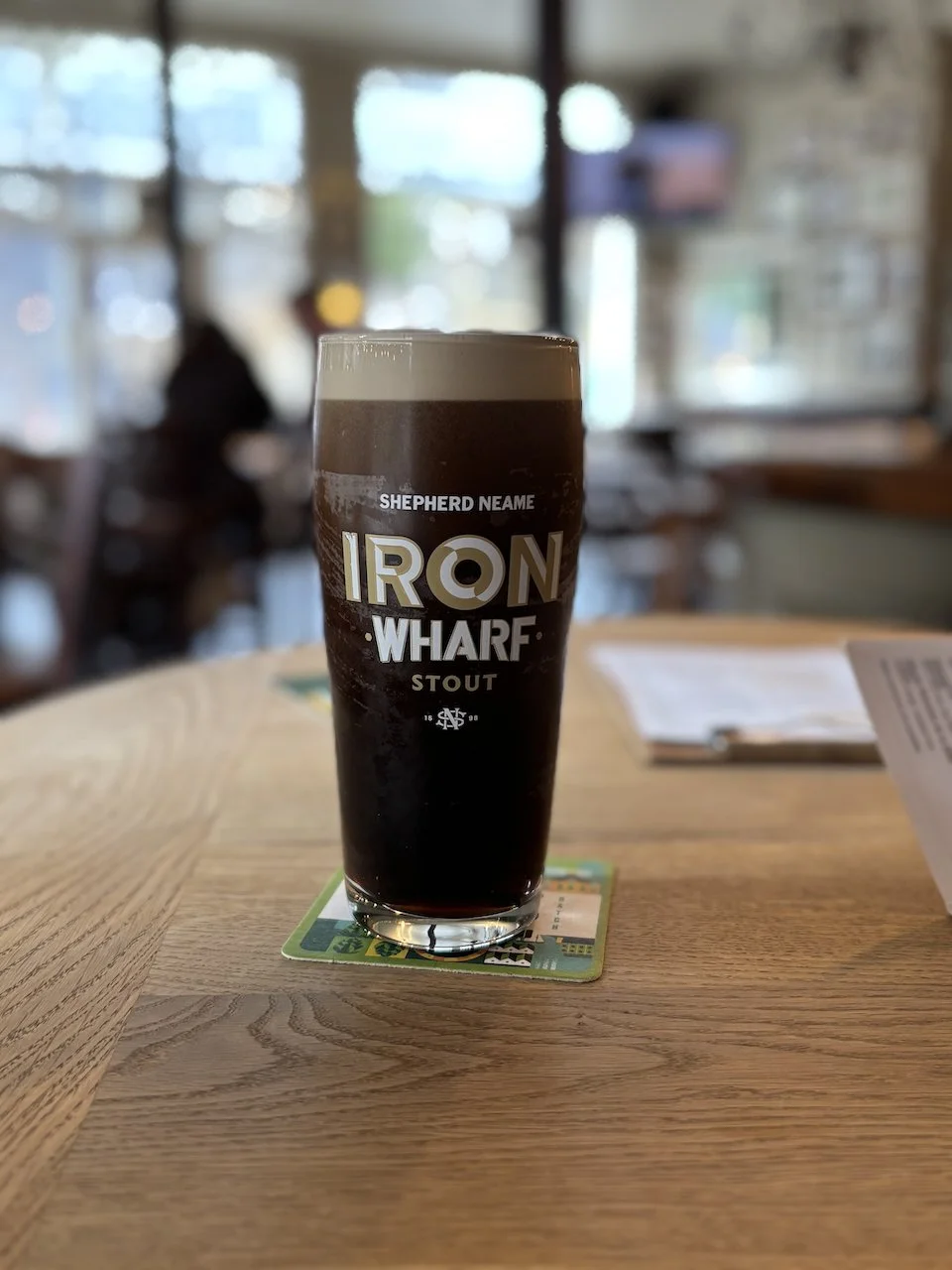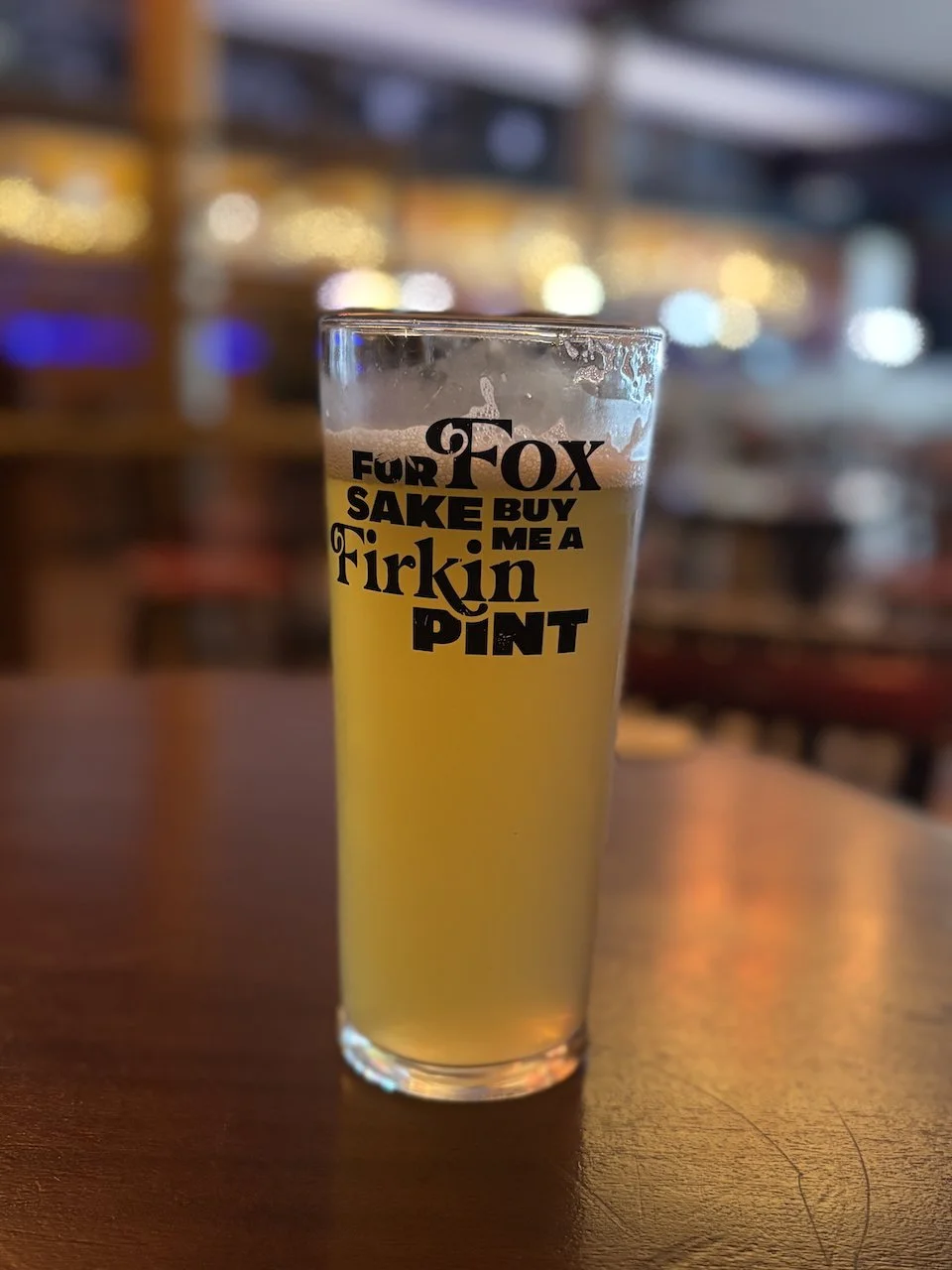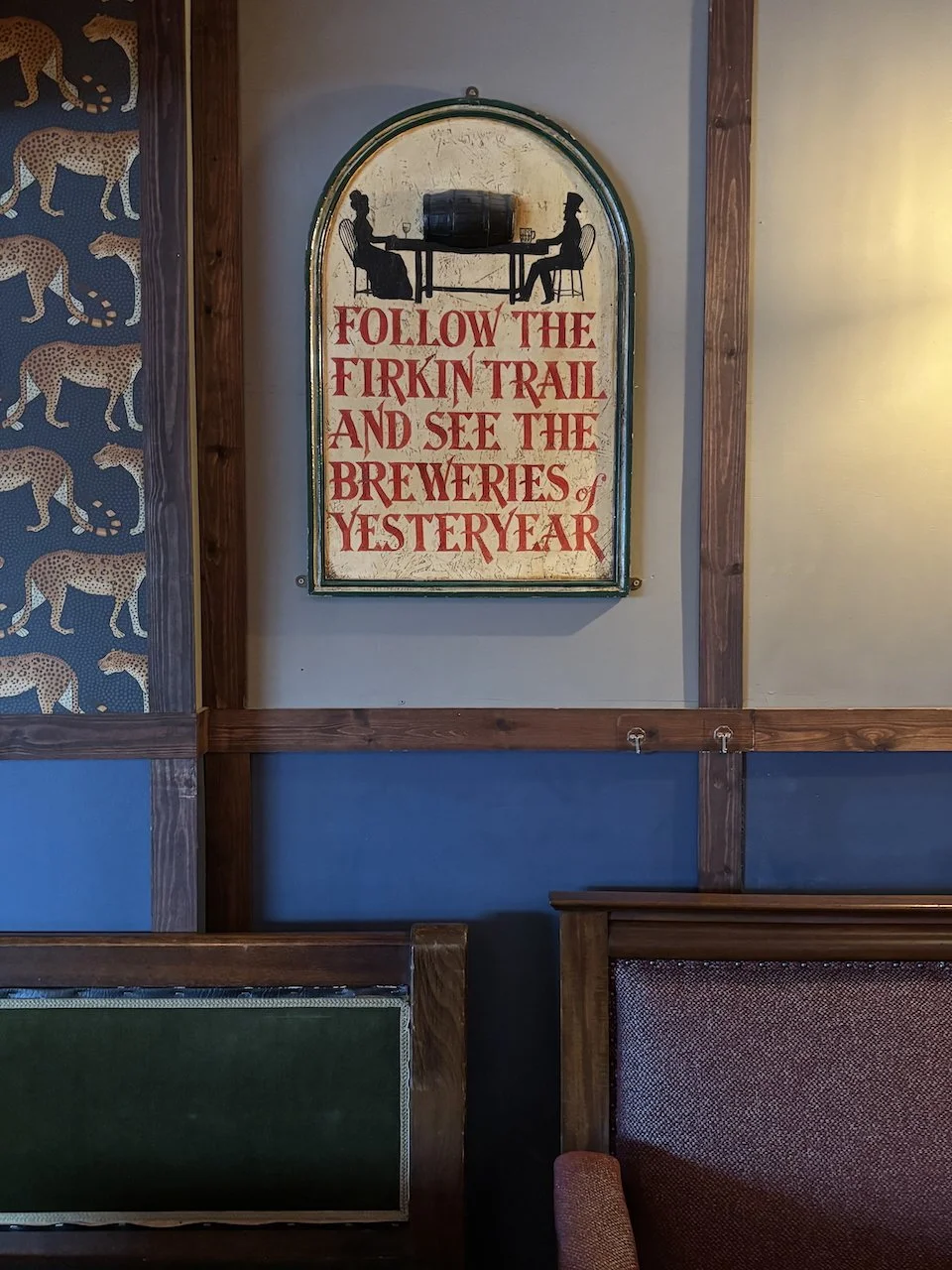September 2025: London Brewers Alliance Beer Festival Special
A monthly newsletter about London beer and pubs written by Will Hawkes
This month’s edition is sponsored by the London Brewers’ Alliance Festival and Bird House Brewery
Enjoy London Beer City? Support it here
House Party
These are tough times for London’s small breweries, but you wouldn’t know it on a sunny Thursday evening in Herne Hill. At 7pm, the alleyway that connects the Bird House Brewery’s varied railway arches is alive with noise and chatter, its tables almost universally occupied, its clientele notably more female than is typical - a reflection, perhaps, of the brewery’s modern aesthetic and this smart neighbourhood’s demographics.
Later this month, Bird House will host the London Brewers’ Alliance Festival (see below for full details), which returns after a year off. Much has changed in that time. The festival’s most recent iterations (in 2018, 2019 and 2023) took place at the Griffin Brewery, home of Fuller’s, the historic brewery now owned by Asahi. The shift feels significant: this year’s event is focused on smaller breweries, on independent breweries, on reminding drinkers of the value of locally-made beer.
London has lost plenty of local beer over the past few years. Hackney, Wild Card, ORA, Beerblefish and others have recently closed: many others, from Brew By Numbers to Fourpure, now exist purely as brands, brewed far from their original home, mostly outside London. You might easily assume that the spirit that animated London brewing for a decade weakens by the day.
It doesn’t seem so at Bird House, though, which buzzes with human enjoyment. Even here, there’s a reminder of London brewing’s recent difficulties (this was home to Canopy Beer Co until 2022, and Bird House is even still using some of Canopy’s equipment) - but Bird House is clearly a different animal to its predecessor. Founded by Frazer Timmerman and William Fuller, it’s part of a bar-first business, with The Hawks Nest in Shepherds Bush Market (2019) and Peckham Arches (2022) existing before the brewery began last year.
And Bird House is as much a bar as a taproom. It sells a lot of cocktails, there’s DJs on Fridays and Saturdays, the first arch you come to as you enter from Norwood Road doesn’t feel like a brewery taproom, despite the beer taps (including a handpump) on the bar. There’s pizza, too. “We don’t want to say to people, ‘this is all about beer and you have to like beer,” says Will Hiscocks, head brewer. “That’s a point of difference from [many of the] breweries that preceded us, where the focus was so much on beer.”
This is driven as much by necessity as anything else. Archway brewing has become many times’ harder since Network Rail sold its railway arches in 2019 to a group now known as the Arch Company. Brewing on its own isn’t enough to make it work, financially at least: you need more to ensure the bottom line remains healthy.
In the case of Bird House, this has led to some smart thinking. On-site, beer is served from 500-litre tanks, all of them bought from upscaling or failing London breweries for a fraction of what they might have cost first-hand. That’s one big plus of London’s struggling brewery scene: plenty of bargains to be had. Will says the beer stays fresh in the tank for a month - courtesy of “a system to keep the oxygen really low” - although lager and pale shifts in much less time.
Will came to Bird House from Edinburgh, where he’s been studying at Heriot-Watt and working at the Hanging Bat. Despite the basic nature of some of the kit (which is in line for an overhaul, including a fancy new water filter that’s currently being installed) he’s put together an impressively clean and flavoursome line-up, taking in Lager, Pale Ale, Nitro Stout, Amber Ale and a White IPA. Whole-leaf hops are used.
“We do want to play around with different styles, but actually our focus is on the process,” he says. “How do we make that better? My greatest aspiration is to make our lager [which makes up about 60 percent of sales] as appealing to Joe Bloggs as it is to a beer nerd.”
At the back of the site are four tanks emblazoned with Meantime’s logo, a remnant of the now Asahi-owned brand’s foray into tank beer around a decade ago, when Meantime’s beer was still brewed in its ancestral home of Greenwich. They'll be cleaned up and installed at Bird House’s fourth bar, soon to open in the capital. These are tough times for London breweries, no doubt about it, but there’s still plenty of life out there.
“During Covid and for a few years after, it felt like there was a bit of a lull in the London Craft beer scene,” says Frazer. “We really want to show that there’s a whole bunch of [London] breweries that are flourishing and trying to keep beer in London going. I think this festival is a great opportunity for people to come and see where the London beer scene is at.”
………………………
Token Effort
The first LBA festival (“The London Brewers Showcase”) took place at Brew Wharf, a brewpub in Borough that no longer exists, 15 years ago. (The second took place 14 years ago, at Vinopolis, a wine-focused visitor attraction that also no longer exists). Plenty of the breweries that participated in 2010 are still going concerns, though: Redemption, The Kernel, Camden Town, Fuller’s, to name four that have taken divergent paths in the years since. Phil Lowry, the driving force behind the LBA and then brewer at Brew Wharf, now sells hops in the USA.
For some reason, I still have some tokens from one of the showcases - feast your eyes! This film, meanwhile, offers a reasonable idea of how things were then.
………………………
Floral Revival
The Florist Arms, a good-looking pub in Bethnal Green, has been taken on by Barley Pop, the company behind Mother Kelly’s and King Cross’s Queen’s Head. They reopened the pub last week, but - according to Barley Pop supremo Nigel Owen - “a lot of work” is needed on the pub. Planning for that is currently underway.
Meanwhile, Stockwell’s Mawbey Arms is to reopen 8 years after closing, albeit with the addition of a hotel. Developers KAZ Hotels got the thumbs-up from Lambeth Council this week to add a 28-room hotel to the Mawbey in SW8.
The Fox in Haggerston, once one of East London’s key beer addresses, is also reopening after a long closure.
………………………
This is a Low
The Lowlander, one of London’s few Belgian beer bars, has shut. The bar, which opened at the turn of the century at a time when Belgo had popularised Belgian bars in the capital, never boasted the most exciting beer list - but it was Belgian, so there was always something worth drinking. It’s been replaced by the Marlborough Head, an Urban Pubs venue.
………………………
Óisín’s New Scene
London’s most famous landlord and the man behind Soho’s Devonshire, Óisín Rogers, is opening a new pub in Mayfair alongside the team behind Hammersmith’s Crisp Pizza. The Marlborough will feature pizza in the basement with a more traditional pub space upstairs.
………………………
Stow Aways
Hackney Church Brew Co is expanding. The Bohemia Place operation is moving its main brewing operation to Walthamstow - but will still be operating out of its Hackney site too. They expect to be operating on the Blackhorse Road by the New Year.
………………………
Mild Affair
Garrett Oliver, brewmaster at Brooklyn Brewery and author of the best book about beer and food matching, is appearing at Bethnal Green’s Kings Arms on Sunday 21st for “an evening of great beer, laughs and storytelling”. Strong Dark Mild, Oliver’s recent collaboration with Thornbridge, will be available alongside other Thornbridge beers.
………………………
Two Pubs, One City:
Duke of York, Borough; Fox and Firkin, Lewisham
Reading this excellent profile of David Bruce, the man who created Firkin pubs, sent me into an involuntary flashback last week. Although I’m not quite old enough to remember it when Bruce was in charge - he flogged the company in 1988 - I do recall the fag-end of the Firkin empire. In 1998/99 I lived about two minutes’ walk from the Finn and Firkin, an imposing 19th-century boozer on the Pershore Road in Birmingham.
I remember Dogbolter, a beer I avoided because it was too strong. I remember the L-shaped bar, and the smelly loos next to one entrance. I remember the huge dance hall/concert venue attached to the back. And I remember, for reasons I still can’t truly understand, being unnecessarily rude to a Stoke-supporting friend when he entered the pub one Saturday evening having just watched his team lose 3-0 (although, checking Stoke’s results, they didn’t actually lose 3-0 in 1997-98. Maybe it was 4-0? Or 4-1).
(The pub stopped being a Firkin soon after and is fully shut now).
Anyway, enough of that. The Firkin chain didn’t start in Birmingham, but in South London: Borough in 1979 and then, a short while later, Lewisham. Both pubs are still operating, albeit not as part of the same chain anymore. Can you see where I’m going with this?
Borough Road must have changed a lot since July 1979, when the Goose and Firkin opened in a former Truman’s pub here. London was at its population nadir back then, a city of just 6m people, and even relatively central areas like Borough were off the map for snootier Londoners.
It wasn’t somewhere people went for fun. The Ministry of Sound, which is just down the road, didn’t open until 1991; Borough Market as a public-facing food destination was a creation of the late 1990s. Eighties Borough was a very different place.
They were queuing down the street when the Goose and Firkin opened, though, by all accounts. Well, they’re not today, on a blustery Wednesday afternoon. They’re not even queuing at the bar; indeed, the only other customers are a couple sitting at a high table, discreetly discussing work.
And that’s not the only difference. There’s no cask ale, despite this being a Shepherd Neame ale.
“Do you sell ale?” I ask.
“No,” replies the friendly young woman behind the bar. “We used to.”
“But no-one ordered it?”
(Embarrassed silence.)
In the absence of cask, I order a pint of Sheps’ new nitro Stout (£6.95). It’s watery, resolutely un-roasty, with a touch of butterscotch. Slightly less enjoyable than Guinness.
The pub has more character than the beer, happily, although largely courtesy of its location. There’s an appealingly basic railway bridge right outside, and regular buses scoot past the front door: the 344 to Clapham Junction is very busy! Inside, it’s a big open room, with lots of high tables and a worn wooden floor - worn enough that it may be the pub’s sole remnant of the Firkin years, with the exception of the Duke of York frieze above the main entrance.
Excitement arrives when a bloke enters to use the loo, subsequently emerging to buy a pint as payment. He peruses the Sheps options on the bar, orders a pale ale, before realising Hurlimann is available and apologetically swaps to that. Then - as if that wasn’t enough thrills - he orders a sandwich, despite having a peanut allergy. It has got nuts in it, he’s told - but they’re not peanuts so they're fine. And anyway, he adds, “I’ve got my epipen with me!” The girls behind the bar look less than thrilled.
I don’t hang around to see if he dies, though, as I’ve got to get to Lewisham. It’s about 40 minutes, a journey that takes in a huge downpour, a very busy bus up Borough High Street, a train to Ladywell, and a five-minute saunter that takes me past Carpet Corner, probably my favourite of London’s corners (up your game, Hyde Park).
Inside the Fox and Firkin, it’s about as busy as the Duke of York. There’s a stocky fellow at the bar taking possession of a massive glass of white wine (I estimate 250ml), a shame given that this is the last Firkin that actually makes its own beer. I order Ladywell Pale (keg, £6.90), which is punchy and full of flavour. It’s very expensive, but it’s genuinely nice. There’s no cask here either.
This place is massive. There’s a big picture of Jimi Hendrix, but it’s the other decoration that takes my fancy, including a few bits that date back to when it was part of the original Firkin chain (the current pub and brewery has no connection to Bruce’s chain, except that it has inherited the name). There’s a newspaper rack, entitled “Firkin Newspapers” (there are no newspapers in it). There’s a wooden sign reading “Follow the Firkin Trail and see the breweries of yesteryear.” And there’s a partially obscured sign apparently advertising takeaway Dogbolter, featuring the classic pissed-up bulldog branding.
I decide to wander out the back. I’ve been here before, but each time I visit I’m amazed by the size of the pub garden. It’s huge. There’s a big stage down one end, a railway carriage, and huge amounts of covered space. If you want to smoke in a pub, come here. As long as it’s not too chilly, you’re golden.
The wine drinker and his pal are in the garden, smoking, but there’s no risk of secondary smoke - this place is so big, I’d have to bellow even to attract their attention! There’s a charmingly disheveled feel to the place; it’s atmospheric, despite the lack of punters.
You could almost imagine yourself back in the 1990s, in fact, what with the questionable murals, adverts for dance-music events and smoking. Even the glasses, emblazoned with the legend, “For Fox Sake Buy Me A Firkin Pint”, are a throwback. All it needs is someone from Stoke for me to be rude to.
………………………
London Beer City is written by journalist Will Hawkes. Feel free to contact me on londonbeercity@gmail.com. If you like what you’ve read, please share it with your friends; if you’ve been forwarded this email and enjoyed it, you can sign up here. Unsubscribe here. Help me keep the newsletter free here. Thanks for reading!
